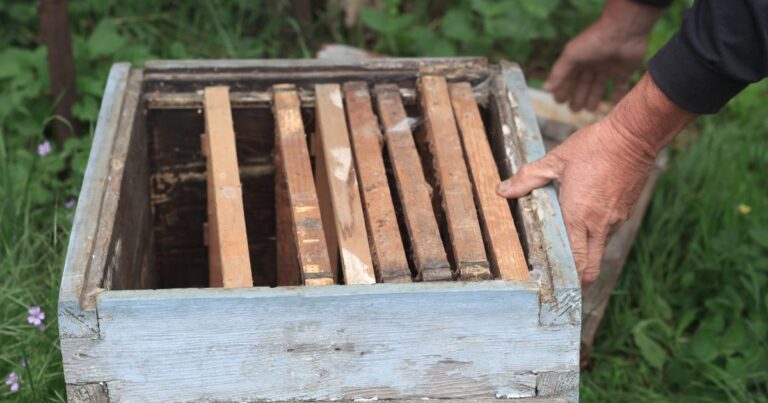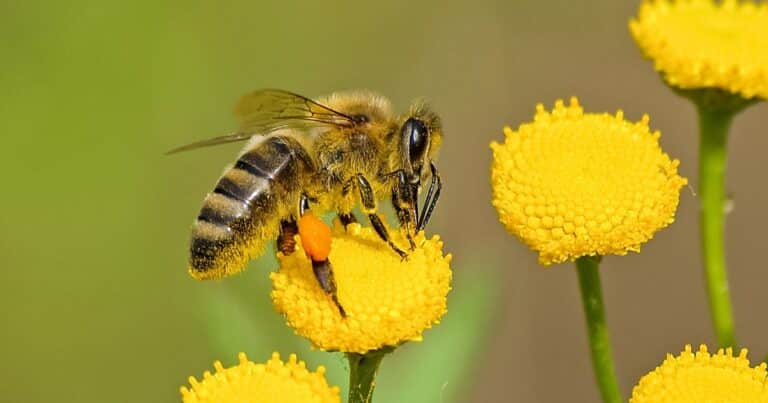Mad Honey Part 1: The Biggest Honey Bee.
Mad Honey Part 1: The Biggest Honey Bee. This extraordinary tale has all the requisite ingredients of a Steven Spielberg blockbuster: an elusive creature whose…
Mad Honey Part 1: The Biggest Honey Bee.
This extraordinary tale has all the requisite ingredients of a Steven Spielberg blockbuster: an elusive creature whose bizarre nests jut from towering cliff faces in the roof of the world; a sweet and intoxicating potion with transportive qualities; and an ancient wandering tribe steeped in shamanistic beliefs in which a death-defying livelihood has been passed down faithfully for generations!
First, let’s acquaint ourselves with the main protagonist. The Himalayan giant honey bee (Apis laboriosa) is the largest species of honey bee in the world, with adults measuring up to 3cm in length. Historically categorised variously as both a species in its own right and a subspecies of the giant honey bee (Apis dorsata, which is widespread throughout the Indian subcontinent and Southeast Asia), the Himalayan giant honey bee is difficult to distinguish upon appearance alone. It was recently confirmed as a distinct species due to unique behavioural adaptions to high altitude and a lack of gene flow with A. dorsata (with which A. laboriosa coexists at many locations). As its name suggests, the Himalayan giant honey bee is restricted to mountainous regions of China, Nepal, India and Bhutan, where it seasonally nests at altitudes in excess of 2,500m; it may forage up to 4,100m. Also known as the ‘cliff’ bee (or bhir mauri in Nepalese), A. laboriosa constructs nests that are suspended under overhangs on precipitous, southwest-facing cliffs. As well as effectively precluding access for predators, these locations also afford limited protection and ensure increased exposure to the warmth of the sun. The nests consist of a single giant comb – up to one metre in length and 0.8m in width. As much as 60 kilograms of honey is stored in a corner of this massive structure.
Central to the survival of these bees in the harsh alpine environment is a seasonal migration to milder climates during winter, with colonies returning faithfully to previously occupied nest sites. Each will produce several swarms during the productive swarming season. Often the original colony is substantially weakened as a result and will abscond after the brood has hatched, resulting in total abandonment of the nest.
The fragile Himalayan ecosystem is particularly suceptible to climate change, and an alarming recent decline in populations of A. laboriosa has also been occassioned by factors including habitat degradation, increased cultivation (including monoculture crops), tourism, overuse of pesticides and excessive harvesting of nests. The Thai Sacbrood Virus (TSBV) may also be particularly destructive.
The Himalayan giant honey bee is undoubtedly notable for many intriguing aspects of its biology and ecology, however it is also famed for producing a rare form of honey with remarkable properties. ‘Red honey’ is only produced at higher altitudes since it results from foraging on the blooms of species of rhododendrons. These are among a variety of related plants that contain grayanotoxins, which induce psychoactive effects. Honey contaminated with these chemicals is collectively known as ‘mad honey’ and red honey is one of the most celebrated examples. Due to its scarcity and the difficulty of collection, red honey is expensive and has become a valuable export. It is used for recreational purposes and as a form of tonic by locals; larger doses may cause hallucinations or even cardiaxc arrest. Mentioned for its medicinal qualities in Ayurvedic medicine, red honey is also described as an ‘elixir of immortality’ in the Vedâs. It is no coincidence that the rhododendron features prominently on the emblem of Nepal and is also the national flower!
To buy Mad Honey Click here





